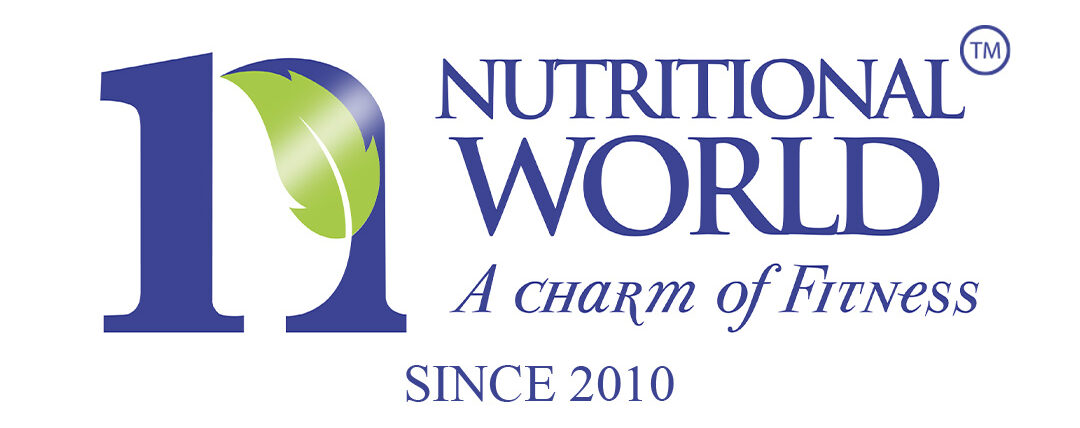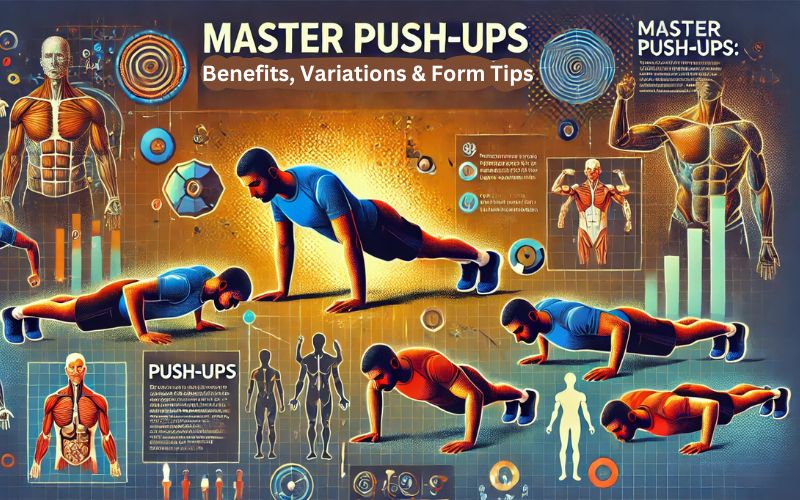Table of Contents
Introduction
Getting fit doesn’t always necessitate a gym membership or fancy equipment. Home-based strength training provides an accessible, affordable, and sustainable path toward improving overall health and physique. With thoughtfully planned exercises, it’s possible to achieve impressive gains right in your living room or backyard.
Strength training at home is particularly advantageous due to its convenience, flexibility, and privacy, making fitness more approachable even for beginners or individuals with busy lifestyles. Here’s your comprehensive guide to mastering strength exercises at home, even without elaborate equipment.
Top 5 Effective Strength Exercises You Can Do Without Equipment
Following are some effective strength exercises:
1. Bodyweight Squats
Squats, quintessential for enhancing lower-body strength, primarily target the quadriceps, glutes, and hamstrings. To execute properly, stand with feet shoulder-width apart, then lower your body by bending the knees and hips simultaneously, as if you’re sitting back into a chair. Ascend slowly to a standing position, tightening your glutes. Aim for three sets of 12-15 repetitions.
2. Push-Ups
An impeccable upper-body exercise, push-ups fortify the chest, shoulders, triceps, and core. Begin in a plank position, hands slightly wider than shoulder-width. Maintain a straight line from head to heels while lowering your body until your chest nearly touches the floor. Push back up slowly, ensuring controlled movement. Complete three sets of 10-12 reps.
3. Planks
Planks are revered for bolstering core strength and stability. Assume a forearm position with elbows beneath shoulders, body aligned from head to heels.
Engage your core muscles by pulling your navel toward your spine and maintain steady breathing. Hold this position initially for 30 seconds, progressively extending to a full minute as your core becomes robust.
4. Lunges
Lunges excel at strengthening the legs and improving balance. Standing tall, step forward with one foot and lower your hips until both knees form approximately a 90-degree angle. Avoid leaning forward excessively or allowing your front knee to pass beyond your toes. Alternate legs, performing 10-12 repetitions per leg, for three sets.
5. Glute Bridges
Bridges uniquely engage the gluteal muscles and hamstrings while enhancing lower back strength. Lie on your back with knees bent and feet flat on the ground. Pushing through your heels, lift your hips upwards, squeezing the glutes at the peak of the movement. Pause briefly, then lower back down slowly. Perform three sets of 15 repetitions for optimal results.
Tips for Maximizing Your At-Home Strength Workouts
- Consistent Schedule: Regularity is paramount. Schedule workouts at consistent times, creating routine and accountability.
- Controlled Movements: Prioritize form and control rather than speed or number of repetitions. Mind-muscle connection significantly enhances effectiveness.
- Incremental Intensity: Gradually increase the difficulty of your exercises—try slowing down your repetitions, increasing reps, or incorporating pauses to elevate intensity without equipment.
- Innovative Variations: Experiment with exercise variations like single-leg squats, incline push-ups using chairs, or incorporating resistance bands to diversify and challenge muscles differently.
Common Mistakes to Avoid in Home Strength Training
- Skipping Warm-Ups: Forgoing a warm-up is a cardinal mistake. Brief dynamic stretches or jogging in place for 5 minutes can prevent injuries and enhance performance.
- Poor Posture and Form: Incorrect form dilutes exercise effectiveness and elevates injury risk. Consider mirrors or recording yourself occasionally to ensure accurate execution.
- Neglecting Rest Days: Muscular development occurs during recovery. Incorporating at least one rest day per week ensures muscles adequately repair and grow.
- Ignoring Core Strength: Many overlook core stabilization exercises. Core strength is integral for overall power and balance. Incorporate planks, crunches, and balance exercises regularly.
Supplementing Your Strength Training: Nutrition and Rest
Exercise alone is insufficient; dietary habits and rest profoundly influence your fitness outcomes. Consuming protein-rich foods—such as eggs, lean meats, legumes, and dairy—facilitates muscle repair and hypertrophy.
Complement your protein intake with carbohydrates for energy and healthy fat for hormonal balance. Consider incorporating nutritional supplements like protein powders or amino acids to meet specific nutritional needs, particularly if dietary sources are inadequate.
Rest, often underestimated, significantly impacts muscular growth and recovery. Aim for 7-9 hours of uninterrupted sleep nightly. Quality rest not only aids muscle regeneration but also improves hormonal balance, cognitive function, and reduces stress levels.
Maintaining Motivation and Tracking Progress at Home
Staying motivated at home can be challenging without the external stimuli gyms provide. Adopt practical strategies to maintain enthusiasm:
- Set Clear Goals: Specific, achievable goals create purpose and direction. Goals could range from increased strength or endurance to body composition improvements.
- Track Progress Visibly: Keep a fitness journal or digital tracker. Document workouts, repetitions, personal bests, and progress photos to visually appreciate your improvements.
- Reward Milestones: Small rewards, like new workout gear or equipment upgrades, can incentivize continued effort.
- Community and Accountability: Engage with online fitness communities or involve friends and family to enhance accountability and enjoyment of your home workout journey.
Implementing these strategies makes home-based strength training remarkably effective, fulfilling, and enjoyable. Consistency, proper technique, strategic nutrition, and adequate recovery culminate in impressive strength gains and an elevated sense of overall well-being—right from the comfort of your home.


























